Water Scarcity Problems Solved with Advanced Agricultural Irrigation
Contributed By DigiKey's North American Editors
2023-03-23
Over the last decade, agricultural irrigation controls have become increasingly sophisticated. Now, many growers have replaced traditional irrigation timers and hydraulic regulators with advanced control and connectivity components adapted from those for industrial applications — including systems employing programmable logic controllers (PLCs), industrial PCs, and increasingly economical automation components with the ability to connect with and leverage common industrial communication protocols. These controllers and components can accept inputs from sources including soil moisture sensors, weather stations, and freeze sensors to prompt adaptive digital-farming responses in real time.
What’s more, these sophisticated irrigation control systems are now becoming more affordable … even while the use of data to optimize irrigation has become increasingly intelligent.
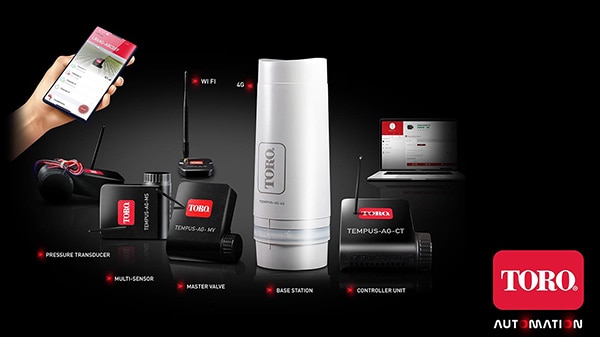 Figure 1: Groundskeeping and agricultural grower equipment company Toro sells Tempus Automation agriculture irrigation systems that leverage 4G/Wi-Fi/LoRa/Bluetooth connectivity. The base station lets growers control valves and monitoring devices within a bubble of up to 1.6 km. Base stations can easily be added to extend the range; all can be solar-powered or hardwired. (Image source: The Toro Co.)
Figure 1: Groundskeeping and agricultural grower equipment company Toro sells Tempus Automation agriculture irrigation systems that leverage 4G/Wi-Fi/LoRa/Bluetooth connectivity. The base station lets growers control valves and monitoring devices within a bubble of up to 1.6 km. Base stations can easily be added to extend the range; all can be solar-powered or hardwired. (Image source: The Toro Co.)
Water conservation is increasingly imperative as the climate warms, regions become more arid, population increases, and aquifers are depleted. In fact, water could soon become the main critical resource that will assume more geopolitical importance than oil in the 21st century — perhaps even triggering the wars of the future. Water-related issues are already longstanding in the Middle East. This region has become progressively more arid since the birth of civilization and now supports 5% of the world’s population on just 1% of the world’s freshwater.
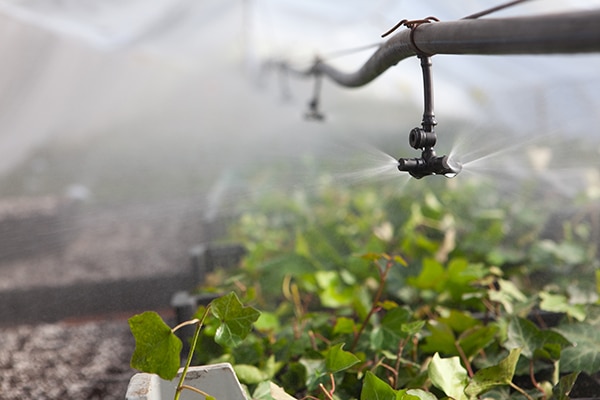 Figure 2: Greenhouse irrigation and outdoor row-crop irrigation based on microspray systems and other drip methods benefit from advanced irrigation controls. (Image source: Getty Images)
Figure 2: Greenhouse irrigation and outdoor row-crop irrigation based on microspray systems and other drip methods benefit from advanced irrigation controls. (Image source: Getty Images)
From a business perspective, water scarcity is reflected in higher food and farmed-product prices, with water prices rising faster than energy over the last decade. To be clear — it’s become essential to both large-scale commercial operations as well as startup agricultural operations to minimize water consumption while maximizing crop yields.
Controllable irrigation and grow mechanisms
The requirements for irrigation controllers depend on the application and system type — whether based on sprinklers, drip irrigation, or hydroponic watering circuits.
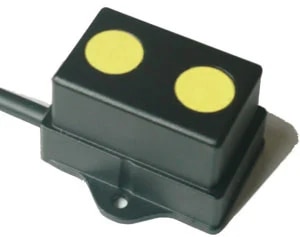 Figure 3: T3000 Series carbon-dioxide sensors have IP67 housings to withstand the moisture, dirt, and exposure to fertilizers in indoor vertical-farming operations. Their feedback can inform automated hydroponic irrigation and fertigation routines. (Image source: Amphenol Telaire)
Figure 3: T3000 Series carbon-dioxide sensors have IP67 housings to withstand the moisture, dirt, and exposure to fertilizers in indoor vertical-farming operations. Their feedback can inform automated hydroponic irrigation and fertigation routines. (Image source: Amphenol Telaire)
The irrigation of crops farmed in growhouses can be very tightly controlled; without the variability of the outdoor environment, the optimal light, water, fertilization, and soil compositions can be consistently held within tolerances. Irrigation is always based on a pump-occupied reservoir and tray-based irrigation circuit … with almost no water lost to evaporation and none lost to runoff. Software options abound for specific crops; these programs incorporate industry knowledge about plant species’ growth cycles and preferred grow parameters.
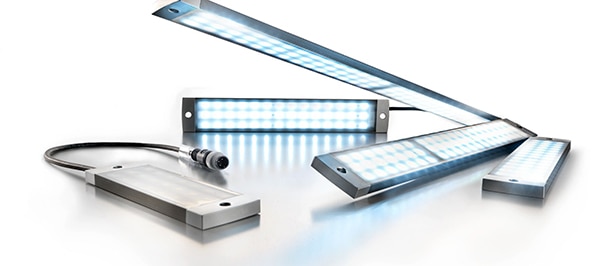 Figure 4: AN IP67 housing makes WIL lights particularly suitable for indoor digital-farming applications. (Image source: Weidmüller)
Figure 4: AN IP67 housing makes WIL lights particularly suitable for indoor digital-farming applications. (Image source: Weidmüller)
For traditional outdoor farming, sprinklers are the most widely used irrigation equipment, with designs ranging from small lawn sprinklers (akin to those employed by homeowners on lawns) to high-pressure industrial sprinklers driven by electric-motor or diesel pumps. The latter includes massive linear-move systems able to irrigate open fields stretching many hectares with their large sprinkler arrays.
Another design that’s common in automated irrigation systems for large-scale operations is impact sprinklers. Simplified variations of these are also sold as consumer lawn-irrigation products. In short, impact sprinklers consist of a head assembly that sends a jet of water past a mechanical arm. This water is repeatedly struck by the arm and scattered over the crop being grown. Resulting pressure and the mechanical arm’s movement pushes the head around a pivot, which in turn causes the sprinkler to sweep through a circle or partial arc.
One last option for automated watering of agricultural crops is drip irrigation. Whether based on so-called leaky pipe arrays or microspray head arrays, drip irrigation reduces water use (and especially that lost to evaporation) by delivering water more directly to plants’ root zones.
More on center-pivot and linear-move agricultural irrigation
Center-pivot irrigation is an advanced adaptation of sprinkler-based crop watering. It’s one of the most effective ways to irrigate large open fields, with industry-typical systems able to cover a 400-m radius in an area up to 50 hectares (125 acres) or so. Center-pivot irrigation systems irrigate a circular or partial arc by rotating an irrigation pipe (sporting many sprinkler heads) around a fixed pivot. The pipe is carried by multiple towers moved along the ground by powered wheels.
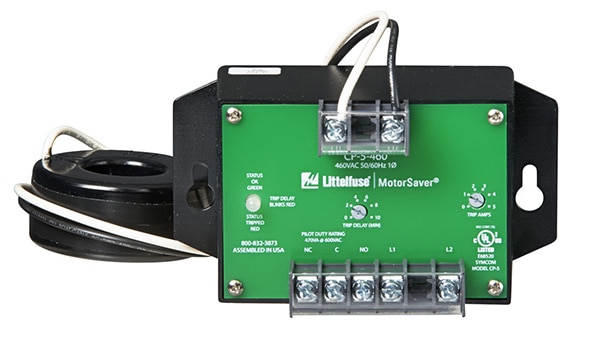 Figure 5: Timing controls are used with center-pivot irrigation systems to command basic water schedules. In addition, undercurrent monitors often oversee one leg of the three-phase systems on center-pivot irrigation systems’ towers. Such undercurrent monitors detect stalled or jammed towers to prevent over watering. (Image source: Littelfuse)
Figure 5: Timing controls are used with center-pivot irrigation systems to command basic water schedules. In addition, undercurrent monitors often oversee one leg of the three-phase systems on center-pivot irrigation systems’ towers. Such undercurrent monitors detect stalled or jammed towers to prevent over watering. (Image source: Littelfuse)
Between the towers, the water pipe is supported by a truss using cables for tension members — very similar to the supports of a suspension bridge. Developed in the 1940s, the original center-pivot irrigation systems used the flow of water to drive the wheels. Today, it’s far more common that such equipment relies on electric motors to turn its wheels for propulsion. The speed of these wheels can be quite slow, as it can take a few days for the system controls to command the wheels through one complete full revolution.
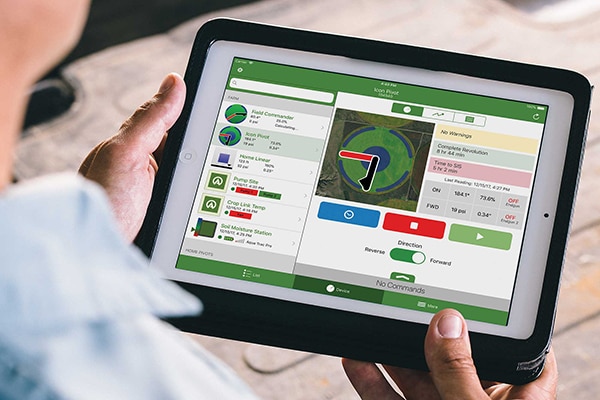 Figure 6: AgSense software (accessible as an app through mobile devices and laptops) leverages GPS and feedback technologies to help farmers track irrigation pump and auxiliary components; flow and pressure statuses; soil moisture levels; weather conditions; tank levels (where applicable); and evidence of theft. A leading option for automated pivot-irrigation systems (yet compatible with linear machines as well) the offering provides real time information and alarms and even allows the management of a mixed fleet of hydraulic and electric pivots. Essentially, the software enables digital-panel functionalities while maintaining compatibility with mechanical panels of any brand or vintage. (Image source: Valmont Industries Inc.)
Figure 6: AgSense software (accessible as an app through mobile devices and laptops) leverages GPS and feedback technologies to help farmers track irrigation pump and auxiliary components; flow and pressure statuses; soil moisture levels; weather conditions; tank levels (where applicable); and evidence of theft. A leading option for automated pivot-irrigation systems (yet compatible with linear machines as well) the offering provides real time information and alarms and even allows the management of a mixed fleet of hydraulic and electric pivots. Essentially, the software enables digital-panel functionalities while maintaining compatibility with mechanical panels of any brand or vintage. (Image source: Valmont Industries Inc.)
Pivot irrigation systems are large and surprisingly complex machines presenting their own district control challenges. The towers don’t move in unison, but rather stop and start individually to maintain approximate alignment of the pipe. The considerable flexibility of the pipe along with that of the trusses supporting it accommodates the towers’ uneven motion and the natural undulations in the ground.
On pivot irrigation systems, tower sections are individually controlled. Traditionally, this is achieved with simple mechanisms and limit switches. Each section can easily sense its angle relative to the next section by monitoring the position of a lever attached to the next section. Simple limit switches can then start, stop, and reverse the wheels, according to the relative angular position of the next tower section. Such an approach is suitable for simple hydraulic control with hydraulically powered wheels.
A spray gun on the end of the outermost center-pivot tower can extend the irrigated area beyond the physical structure. If this operates continuously, the area will still be circular. However, by controlling the gun, it is possible to irrigate an approximately square region using a center-pivot irrigation system.
(Video source: UNL Biological Systems Engineering)
Also employing sprinklers, linear-move irrigation systems are similar to center-pivot systems. However, tower sections aren’t driven in an arc around a fixed pivot. Instead, they move back and forth in a straight line. This means linear-move irrigation systems cover a rectangular area rather than a circular one. Such a coverage area can be better suited to existing field systems and provide more complete land coverage. However, it also makes control of the driven towers and control of the supply water more challenging.
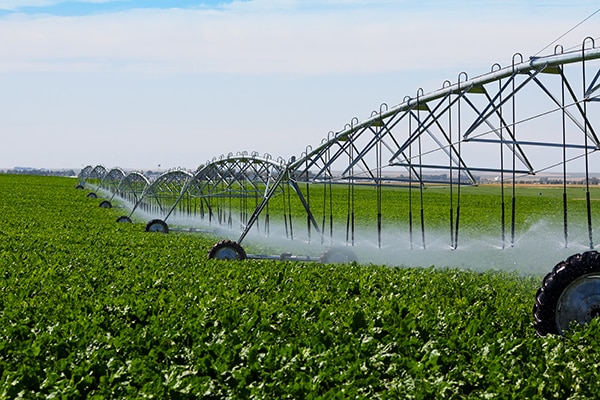 Figure 7: This is a linear-move irrigation design. Automated systems employing this mechanical equipment address difficult outdoor irrigation challenges. (Image source: Getty Images)
Figure 7: This is a linear-move irrigation design. Automated systems employing this mechanical equipment address difficult outdoor irrigation challenges. (Image source: Getty Images)
In some designs, water is supplied by an open channel along one edge of the irrigated area or (in alternative arrangements) via flexible hose. Caveats are that the towers of such linear-move irrigation systems must exhibit coordinated speeds to keep the pipe reasonably straight — and the towers must steer together so that the system continually travels forward and back over the field without veering off track. To meet these requirements, some towers are programmed to follow buried cables.
Agricultural Irrigation Controllers
The simplest irrigation controllers are just timers that allow the free flow of water at preset times. Such timers are also found in consumer-grade lawn sprinklers.
A bit more sophisticated are industrial irrigation controllers. These have traditionally taken the form of hydraulic control systems … and are often paired with center-pivot irrigators.
Today, many more advanced industrial irrigation controls use standard PLCs. In addition to controlling the motion of large irrigators such as that based on linear-move irrigation equipment, these PLC-based electronics can be configured to accept inputs from soil moisture sensors, flow sensors, weather stations, and freeze sensors. Some such systems are now easily within reach of very small farming operations (in the fruit industry as well as the indoor smart-farming industry) using controllers such as the Arduino to automate watering of plants and greenhouses.
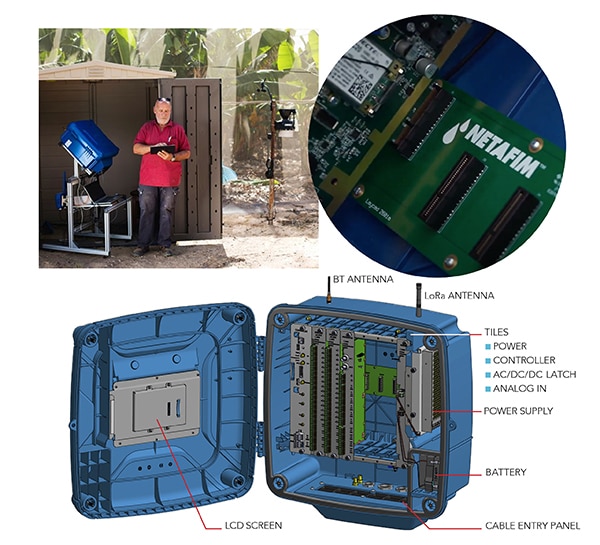 Figure 8: The NETBEAT NetMCU is an example of an integrated commercial-grade irrigation controller — and in fact, the ruggedized product executes a host of fertilizing, fertigation, crop modeling, and forecasting tasks for a complete digital farming solution. (Image source: Netafim)
Figure 8: The NETBEAT NetMCU is an example of an integrated commercial-grade irrigation controller — and in fact, the ruggedized product executes a host of fertilizing, fertigation, crop modeling, and forecasting tasks for a complete digital farming solution. (Image source: Netafim)
Automated irrigation controllers can measure flow rate to ensure delivery of a measured quantity of water, rather than an arbitrary amount delivered over some preset time. By delivering a known quantity of water for a given area of soil, ideal growing conditions can be achieved without wasting water. Flow control also allows for the detection of blockages and leaks, alerting operators to issues before significant crop damage or water loss occurs. Using IoT protocols, modern controllers can even send alerts to an operator’s mobile phone when such events occur.
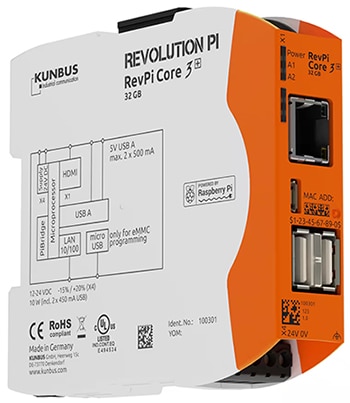 Figure 9: RevPi automated control and I/O components are built around the Compute Module variation of the single-board Raspberry Pi SoM/CPU/GPU minicomputer. The latest RevPi variations accommodate analog signals useful to certain crop-irrigation control approaches. (Image source: KUNBUS)
Figure 9: RevPi automated control and I/O components are built around the Compute Module variation of the single-board Raspberry Pi SoM/CPU/GPU minicomputer. The latest RevPi variations accommodate analog signals useful to certain crop-irrigation control approaches. (Image source: KUNBUS)
Another cutting-edge option for some farmers is evapotranspiration or ET controllers. These estimate water requirements based on soil-to-water balance principles.
Water balance is studied by agricultural hydrology, but at its most fundamental, water inflows must be equal to outflows plus change in storage. Outflows are made up of streamflow (runoff) and evapotranspiration — the movement of water to the atmosphere by evaporation and transpiration through vegetation.
ET controllers require real time data on inflows (irrigation flow rate and rainfall) as well as environmental parameters which affect evapotranspiration such as temperature, humidity, and solar irradiance. Key parameters needing tight control via an ET controller (often an adapted automation controller) include crop coefficients and the soil’s water-holding capacities. The agricultural crop coefficient determines the rate of transpiration as a function of the weather conditions and availability of water. ET controllers can reduce water use by up to 63% — an astoundingly dramatic savings not matched by many other approaches.
Conclusion
Sophisticated irrigation solutions abound for today’s large industrial farmers. In fact, automation technologies have also rendered advanced irrigation methods affordable enough for smaller farmers as well as food producers that specialize in vegetables and delicate crops with tighter profit margins.

Disclaimer: The opinions, beliefs, and viewpoints expressed by the various authors and/or forum participants on this website do not necessarily reflect the opinions, beliefs, and viewpoints of DigiKey or official policies of DigiKey.








